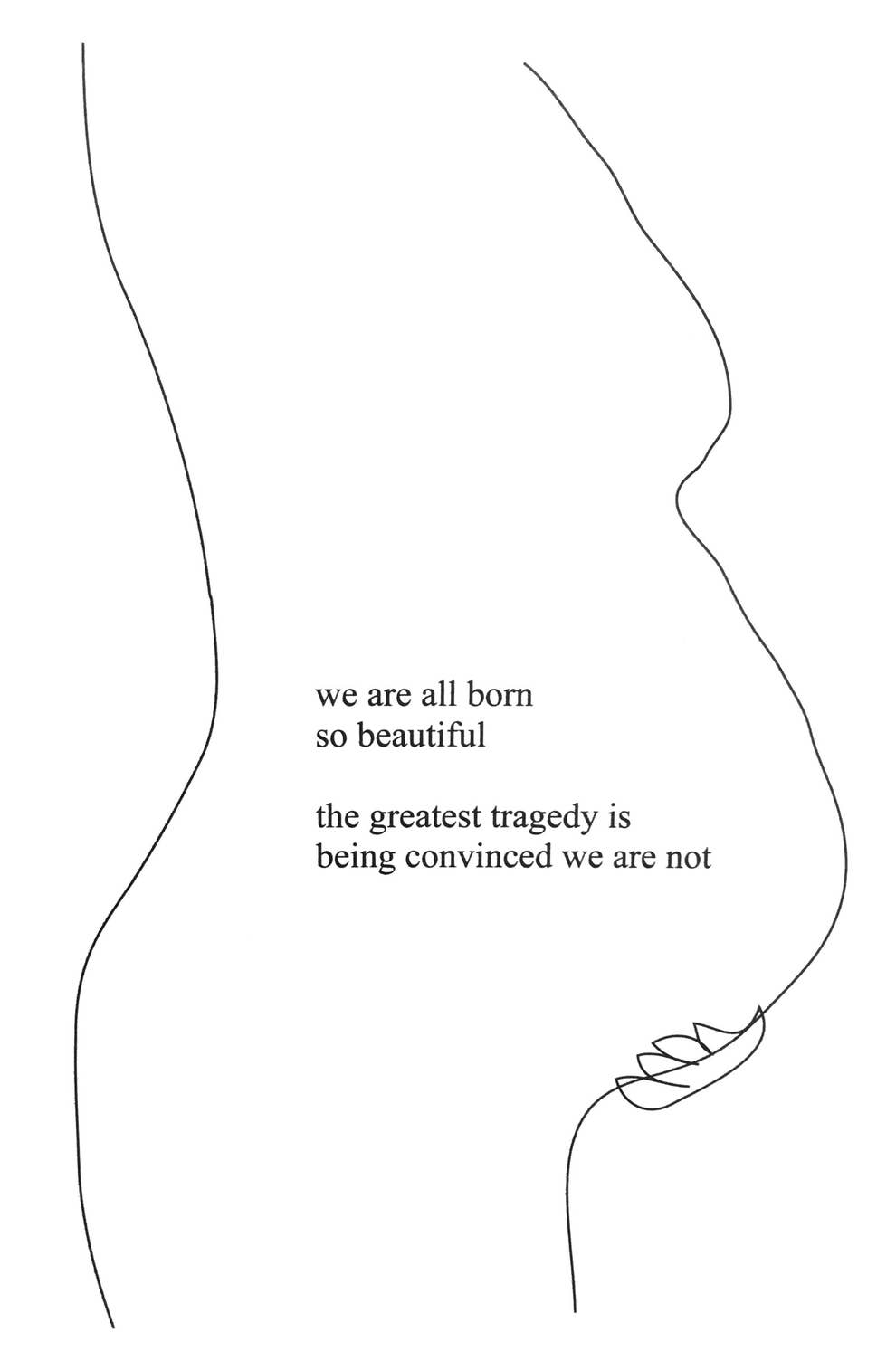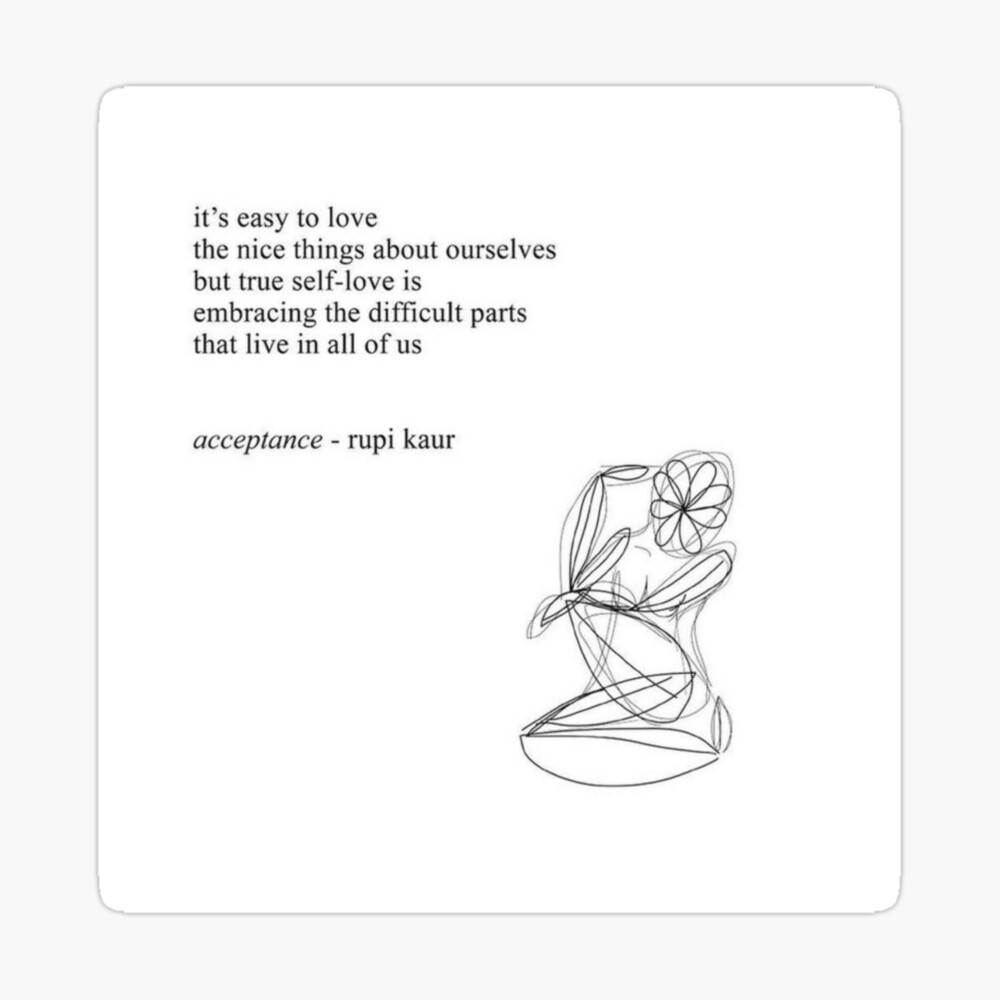BORDERS.
DIFFERENT POETIC IDENTITIES.
BODIES AS BORDERS.
MY BODY IS MY LIMIT. BUT IN FACT IT IS MY MIND THAT KEEPS ME SMALL OR BIG, THAT CAN MAKE MY LEGS RUN OR BE A BURDEN.
VICENT ANDRÉS ESTELLÉS.
Poets are voices that us aware of our limits and free ourselves from them.
Europe's audible and inaudible cultures. If one language is not audible in Europe then this lingüistic identity connected to this language is nivisible, it does not exist.
Vicent Andrés Estellés made our language audible and by doing so he made our identity visible.
He was a voice from the edge so he made it possible for the voices from the edge to be heard.
"with my will to sing for those who cannot sing;
with my will to speak for those who cannot speak."
Estellés was the voice of a people, the Valencian people that has been silenced for centuries. After Ausiàs March in the XV century, he is our great national poet.
Pain can be a limit, a border many people have to cross dayly and painfully.
"The summer will come around another time.
The summer will come and I will not be there,
I will not be here, dear friends, amongst you all.
I will be dead, if not here then somewhere else.
But you will be getting on with your affairs. "
Age could be lived as a limit but death is actually the only limit, the only frontier. After death we leave existence and go nobody knows where.
Love and sexuality lived at the full are the only escape . Love is limitless. Love is borderless. Love is life and death is death.
Estellés writes extensively about love and death.
Happiness is about the simple things in life.
You will be keeping that very same apartment
next to the see, luminous and terrible,
for which I have paid in syllables of blood;
you will take your dip at the usual time;
when evening falls you will take a peaceful stroll.
One thing alone I ask, in lasting memory
or even as a humble earthenware bowl,
is that you should leave in the middle of
the dininf-room table a few peaches.
I love, night after night, their kindled scent,
their scent, so very soft and sweet,
as if it could reach to wherever I might be."
RUPI KAUR
How can I cross my body's borders and free myself? How can I free myself from all the constraints of being a woman trapped in a woman's body, a man in a man's body, a man in a woman's body, a woman ni a man's body?
1. Rupi Kaur.
ABOUT BEING a young immigrant woman, about being split into two geographies, about being locked in tradition and freed into expression.

Rupi Kaur (born 4 October 1992) is a Canadian poet, illustrator, photographer, and author. Born in Punjab, India, Kaur emigrated to Canada at a young age with her family. She began performing poetry in 2009 and rose to fame on Instagram, eventually becoming a popular "Instapoet" through her three collections of poetry.
In March 2015, as a part of her university photography project, Kaur posted a series of photographs to Instagram depicting herself with menstrual blood stains on her clothing and bedsheets. Instagram removed the image, in response to which Kaur wrote a viral critique of the company's actions. As a result of the incident, Kaur's poetry gained more traction and her initially self-published debut collection, Milk and Honey (2014), was reprinted to widespread commercial success.

Her social media numbers are similar to that of pop music, TV and film stars. Since its release in 2014, her collection "Milk and Honey," has sold over 2.5 million copies in 25 languages, spending 77 weeks on the New York Times Best-Seller List. Kaur has been praised for influencing the modern literary scene, although Kaur's poetry has had mixed critical reception and been subject to frequent parody; she has been dogged by claims of plagiarism by fellow "Instapoets". Kaur has been included on congratulatory year-end lists by the BBC and Elle; The New Republic controversially called her the "Writer of the Decade".
Kaur was born into a Sikh family in Punjab, India, on 4 October 1992. At age three, she emigrated to Canada with her parents to escape from persecution of Sikhs. Her father had left before, due to hate crimes against Sikh men, and wasn't present for Kaur's birth. Due to financial instability, he would send back supplies suitable for Kaur and her upbringing.[6] She lived with her parents and three younger siblings in a one-bedroom basement flat, where they slept in the same bed.[4] Her family eventually settled in Brampton, Ontario, alongside a large South Asian diaspora community, while Kaur's father worked as a truck driver.
When her father lived in Japan he'd write Punjabi poetry to Kaur's mother, who practiced painting.[8] At the age of 5, Rupi Kaur began to take on her mother's hobby of painting. As a child, Kaur would find herself embarrassed by her mother's accent and try to distance herself. Kaur was generally self-conscious about her identity. Her mother was occasionally distant to Kaur, as a result of her family and culture, particularly when Kaur was on her period; menstruating, alongside her childhood abuse, often left Kaur debilitated. Her relationship with her parents, in particular her mother, become turbulent in her adolescence; there were extensive arguments over mundane activities that Kaur later interpreted as a result of wishing to preserve their original culture. As a young child she witnessed relatives and friends experience domestic violence or sexual abuse; watching her parents be subject to racism, she inferred, resulted in her coy disposition. Her environment growing up led to her developing what she deemed "constant survival mode".



Comments
Post a Comment